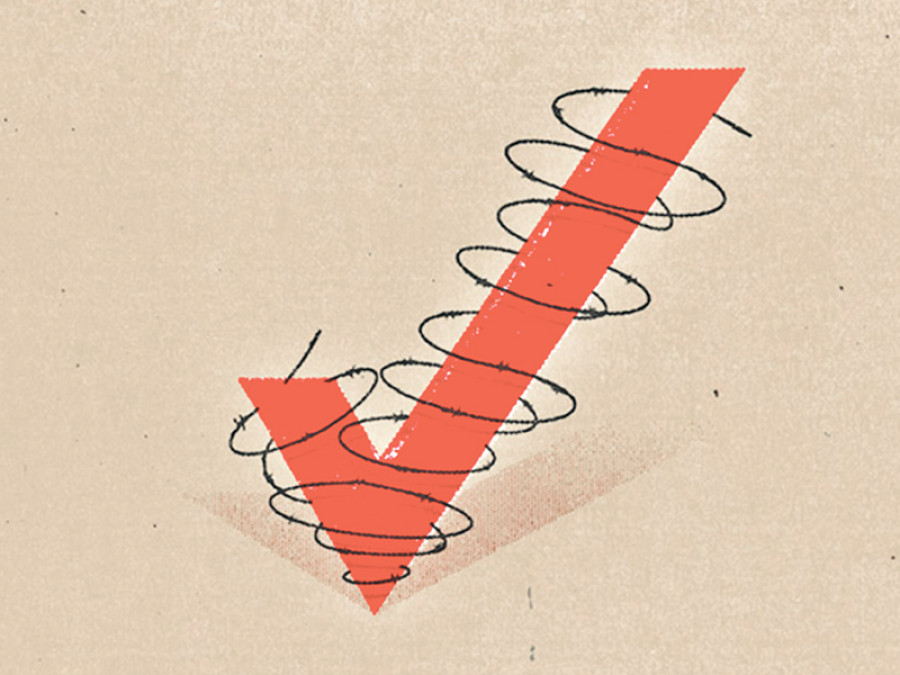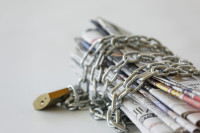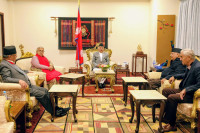Opinion
Double trouble
The Dalit community has faced discrimination in relief distribution after the Great Quake
Raj Pariyar
An earthquake is not a disaster in itself; it becomes a disaster when there is insufficient capacity to tackle it, resulting in negative consequences and serious disruption to the functioning of society. Disasters affect everybody equally, but discrimination emerges during the rescue. Abundant evidence and statistics exist of discrimination on the basis of caste, religion, sex, language and so forth. Persons with disabilities are also not untouched by such discrimination. Those who are already vulnerable and excluded suffer more during times of disasters because they have poor access to rescue.
The Dalit community has not only suffered great hardships during earthquakes but encountered discrimination during the rescue effort. The concerned agencies have not devoted adequate attention to these issues. When Dalit human rights activists and earthquake victims raise these issues, the usual response is that everyone is living under tents and tarpaulins regardless of their caste. But the Dalit community is not talking about caste; they are talking about exclusion and discrimination on the basis of caste. Everyone is living under tents and tarpaulins, but does the Dalit community have access to tents? That is the question.
Cycle of exclusion
The Dalit community has faced exclusion and discrimination from different angles during the rescue in emergencies. In particular, Dalits face exclusion and discrimination during disaster response in terms of access, communication and information, attitude and meaningful participation. A majority of Dalits live far from blacktopped or main roads. It has been found that most relief providers neither distribute relief as per the social diversification of the victims nor venture far from the main roads. Consequently, Dalits have been unable to get relief due to inaccessibility. Goma BK of Gagal Bhadaure Village Development Committee(VDC)-9, Ramechhap said that she was not able to get even 1kg of rice and one tarpaulin even after walking four hours daily for six days. Rajendra Nepali of Bhimeshwor Municipality-6, Dolakha said that Dalits were excluded during the relief effort because their settlements are located in remote areas and lack access to information.
The second angle of exclusion and discrimination is communication and information. Information and communication are vital for effective relief distribution. Notices about the kind and amount of relief to be distributed, the distribution points, date and time should be published and broadcast in the villages in a clear language and simple words. But the information may not reach isolated Dalit communities. Most relief workers only contact local political leaders, activists and accessible persons of the village. They do not pass on the information to the Dalit community. Kumar Bayalkoti of Phinam VDC of Gorkha said that the Dalit community has not received all the distributed materials due to an information gap. Similarly, Misri Nepali of Godamchaur Municipality-1, Lalitpur said that she is unknown and has not received relief materials due to lack of information but others have been getting them frequently.
Subtle discrimination
Attitudinal discrimination is another major problem. Dalits were facing direct discrimination 10 years ago, but nowadays they are facing indirect discrimination. That unseen discrimination is attitudinal discriminatory behaviour towards the Dalit community in times of disaster. The problems of Dalit victims get less priority and attention. For example, Baburam Sewa and Ram Krishna Sewa of Nilkantha Municipality-12, Dhading were beaten up when they asked for equal relief distribution. Likewise, Harka Rasaili of Bamti Bhandar-5, Ramechhap suffered unequal behaviour during the distribution of earthquake relief cards. The VDC secretary provided one card for three Dalit households while non-Dalits got two cards for each household. In Dolakha district, non-Dalits distributed all the relief materials to the so-called higher castes and very little remained for Dalits. The Dalit community did not get adequate and good quality relief materials as non-Dalits received. In the end, Dalits were forced to divide a packet of oil and a piece of tarpaulin between two households.
Dalits do not get an opportunity for meaningful participation in various mechanisms of disaster risk management. Not one Dalit was included in the 14 District Disaster Relief Committees (DDRC). Most of the relief was distributed at the local level through the Ward Citizen Forums (WCF), but there was almost zero participation of the Dalit community. If a Dalit has got an opportunity to participate in a relief distribution mechanism, the participation has been neutral and there was no role in decision making. Ashok Bayalkoti is a member of the WCF in Changu Narayan Municipality-1, Bhaktapur, but he is never informed about relief distribution or called to its meetings. The Bhaktapur DDRC had allocated relief in the name of the vice-chairman of the Oppressed, Suppressed Dalit Class Development Committee for distribution to the Dalit community, but other people took the relief materials. These are only a few among hundreds of examples of exclusion and discrimination that Dalits have faced during emergency response.
According to the Universal Declaration of Human Rights, all human beings are born free and equal in dignity and rights, but the Dalit community has encountered discrimination and exclusion even during periods of emergency which is inhuman and shameful. All the affected people are vulnerable during mega disasters. But due to the caste hierarchy prevalent in society, Dalits are more vulnerable during a crisis. There is a statement about inclusive disaster risk management: “Disasters do not discriminate. People do.” This was proven true in the aftermath of the Gorkha Earthquake in Nepal. Anyway, the emergency response period is about to end, and the recovery phase is going to start. The lessons learnt from the errors committed during the emergency response should be included in the Build Back Better programme to make the Dalit community more disaster resilient.
Pariyar holds a Master’s in Geography from Tribhuvan University




 7.12°C Kathmandu
7.12°C Kathmandu











